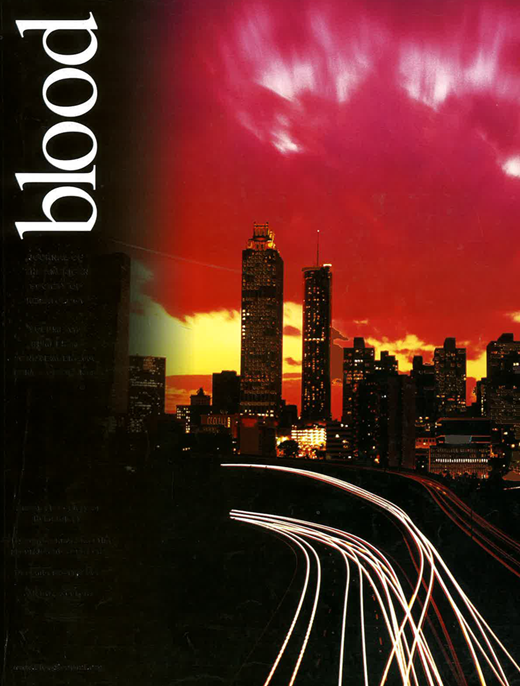Abstract
The presentation of leukemic antigens can be improved by in vitro conversion of leukemic cells in leukemia-derived DC (DCleu), thereby forming a platform for the generation of leukemia-specific cytotoxic lymphocytes (CTL). DC/ DCleu can be quantified by combination of suitable blast and DC-antigens (Schmetzer 2007). Now we want to enlight the role of the quality of DC/ DCleu and (DC-trained) T-cells to mediate leukemia-cytotoxic reactions ex vivo or to predict or correlate the clinical response to a DC/DLI-based immunotherapy in vivo.
Methods: DC were generated with the best of 3 DC-generating methods(‘MCM-mimic’, Lee 2003;’Ca-Ionophore’, Houtenbos 2003; ‘Picibanil’, Sato 2003; Kufner S. 2005 I-III) and used to train T-cells in a ‘Mixed lymphocyte culture’ (MLC) for 10 days in the presence of IL-2 and restimulated with patient-derived DC every 3 days. Co-expression of T-cell-antigens on T-cells was measured before and after MLC. The antileukemic cytotoxic activity of DC-trained (or blast trained or untrained) T-cells against naïve blasts was quantified. We could show, that
DC can be generated in every case of AML.
In 65% of the cases T-cells gained a leukaemia-lytic activity after 24h training with DC, in 35% an increase of blasts was seen.
The T-cell training efficacy with DC was superior to a blast training given rise to specific leukaemia-cytotoxic cells.
A comparison of cases with a gain of lytic T-cell activity (n=11)with those without a lytic activity (n=6) showed 78 vs 51% DCleu, 55 vs 34% mature and 32 vs 18% migratory DC and 50vs40% proliferating T-cells, 53 vs 46% memory T-cells, 68vs56% CD4 and 38 vs 60% CD8 pos T-cells.
Moreover we could evaluate cut-off values: 90% of DC-trained T-cells could gain a lytic activity if > 65% DCleu were in the MLR.
In AML-patients who had presented with a relapse after SCT we could demonstrate a better ex vivo convertibility of blasts to DCleu if patients had successfully responded to a GM-CSF/DLI-based therapy of their relapse after SCT compared to cases with no response (72 vs 36% blasts convertible to DCleu; 44 vs 29% generable DC).
Summary:
The generation of DC/DCleu is possible in every AML/MDS-patient.
Ex vivo convertibility of blasts to DCleu could predict a clinical response to a GM-CSF/DLI-based therapy or indirectly prove, that GM-CSF in vivo could contribute to produce DC/DCleu in vivo.
A successful DC-training of T-cells is associated with high matureDC/ DCleu counts and high rates of proliferating, CD4 and Memory-T-cells.
The lytic activity of DC-trained T-cells is predictable by quantities of DCleu generable in individual cases.
So the generability of DC/DCleu and of DC/MNC-trained T-cells could contribute to predict the clinical course of the disease and could help to create specific anti-leukemic T-cells for immunotherapy of AML.
Author notes
Disclosure: No relevant conflicts of interest to declare.

